CTO Lacuna Space. Dwingeloo Radio Telescope.


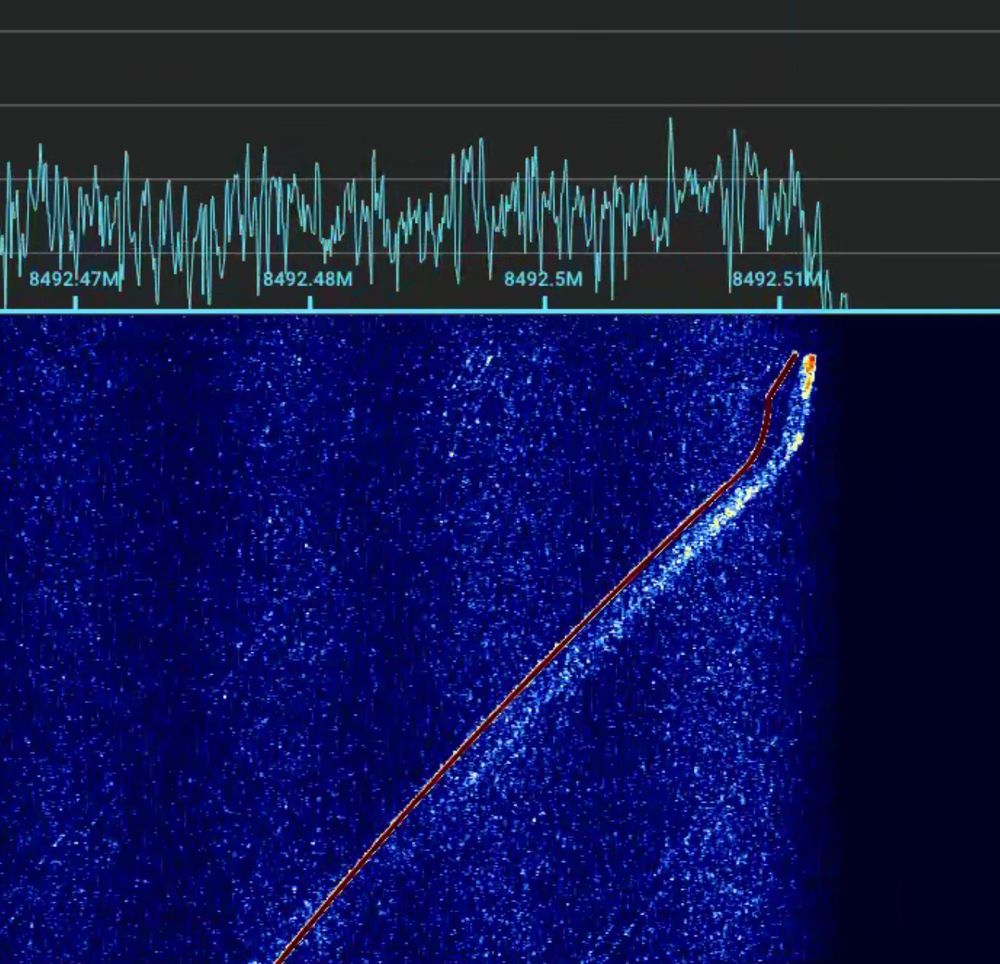
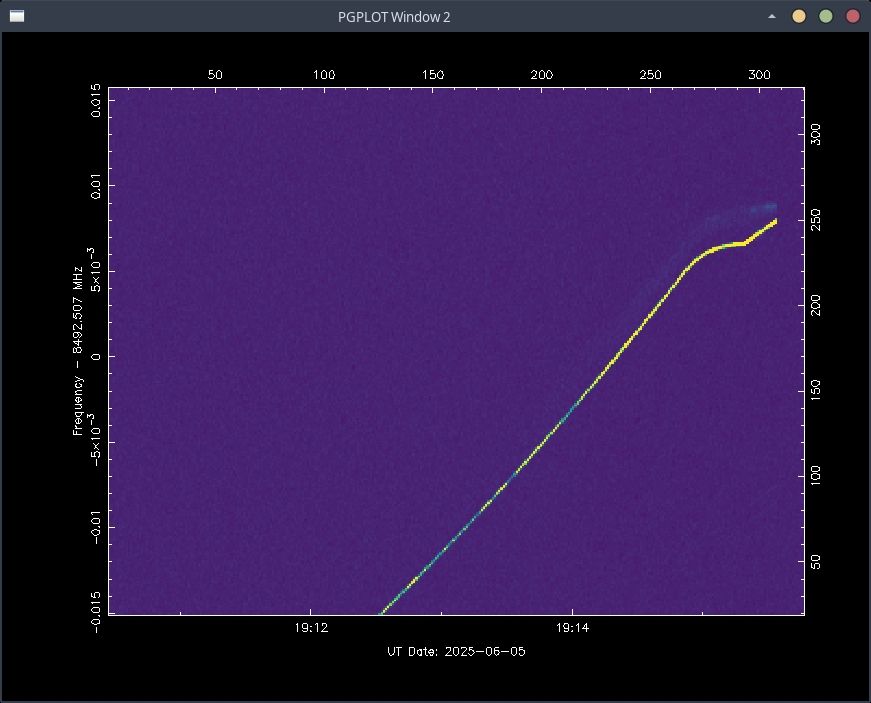
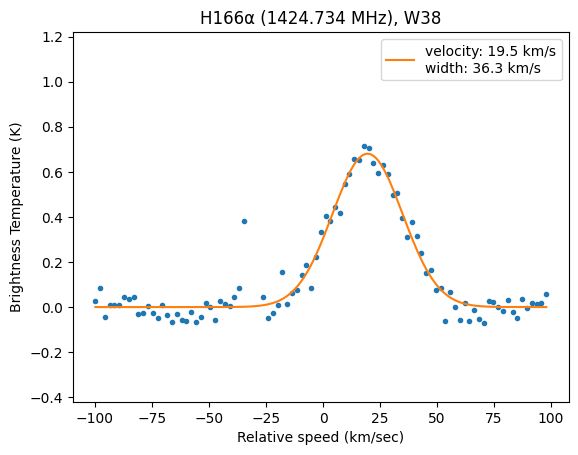

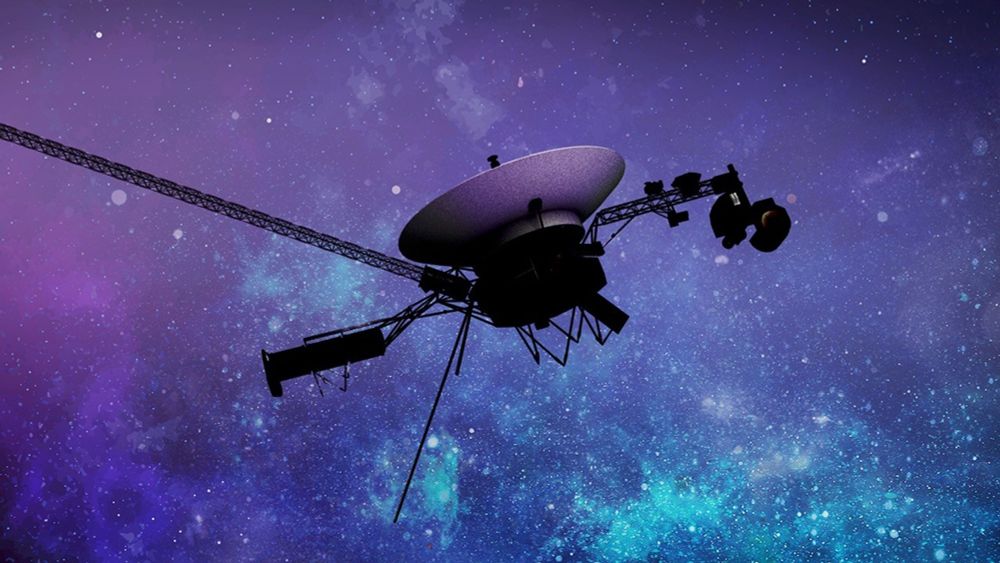
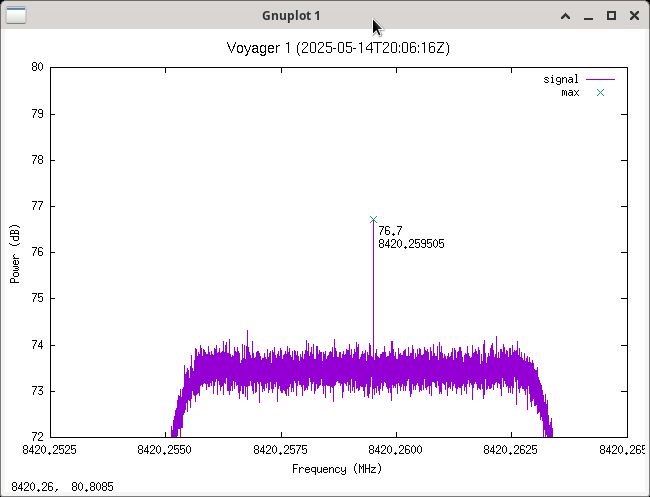
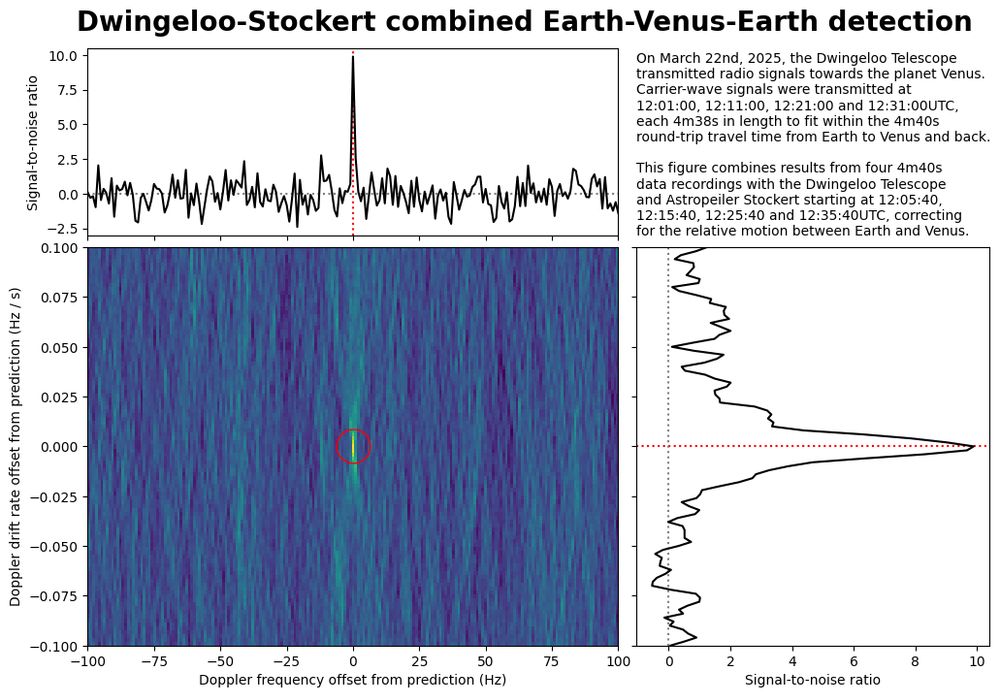
They managed to fire a signal at Venus, and catch the reflection back on two antennas here on Earth!
There is *lots* of nice working coming from this group! 👏👏👏
Blog + link to script below
www.camras.nl/en/blog/2025...
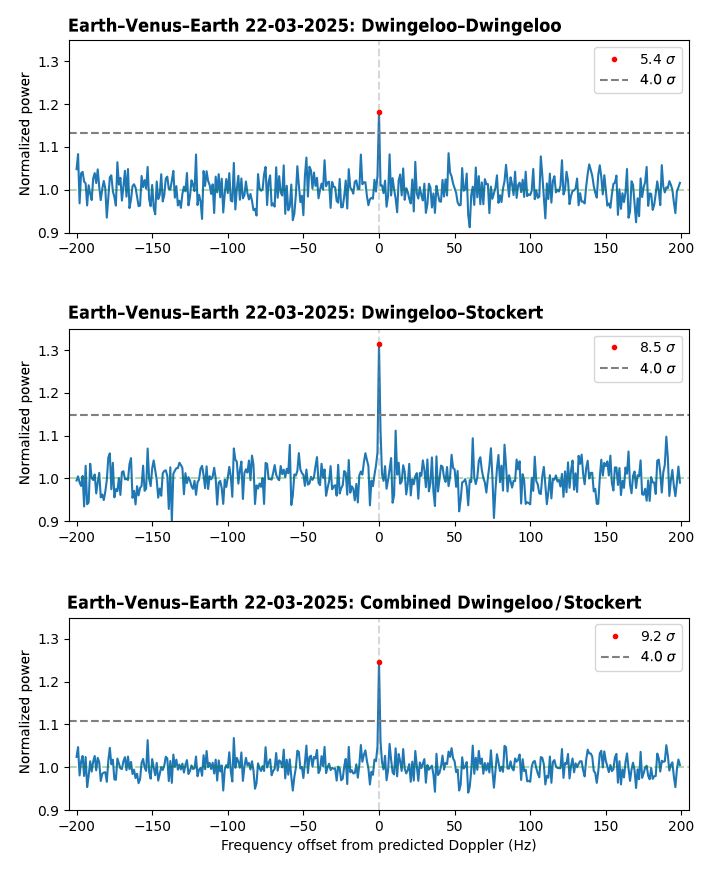
They managed to fire a signal at Venus, and catch the reflection back on two antennas here on Earth!
There is *lots* of nice working coming from this group! 👏👏👏
Blog + link to script below
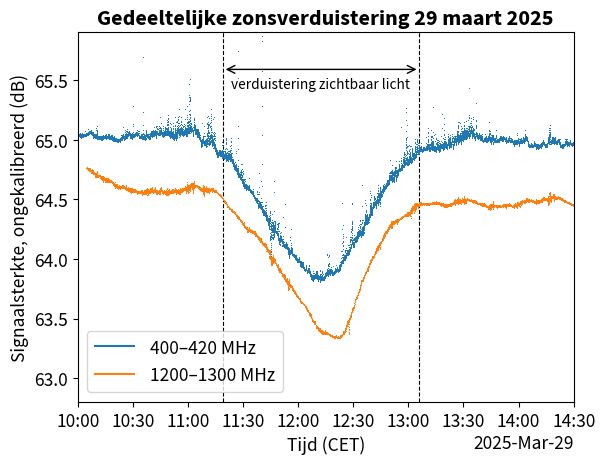
www.camras.nl/en/blog/2025...

www.camras.nl/en/blog/2025...
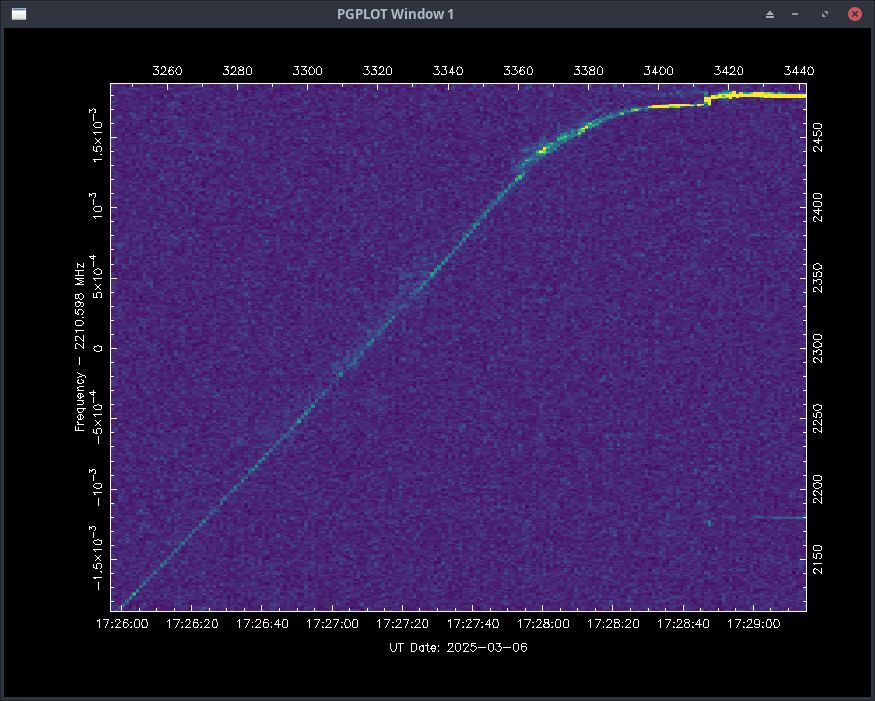
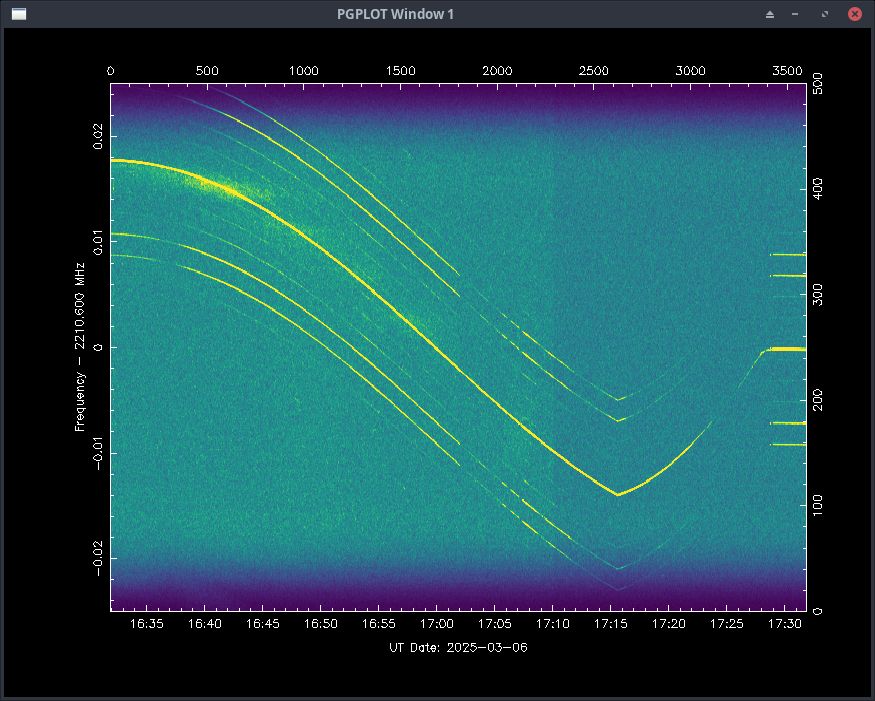

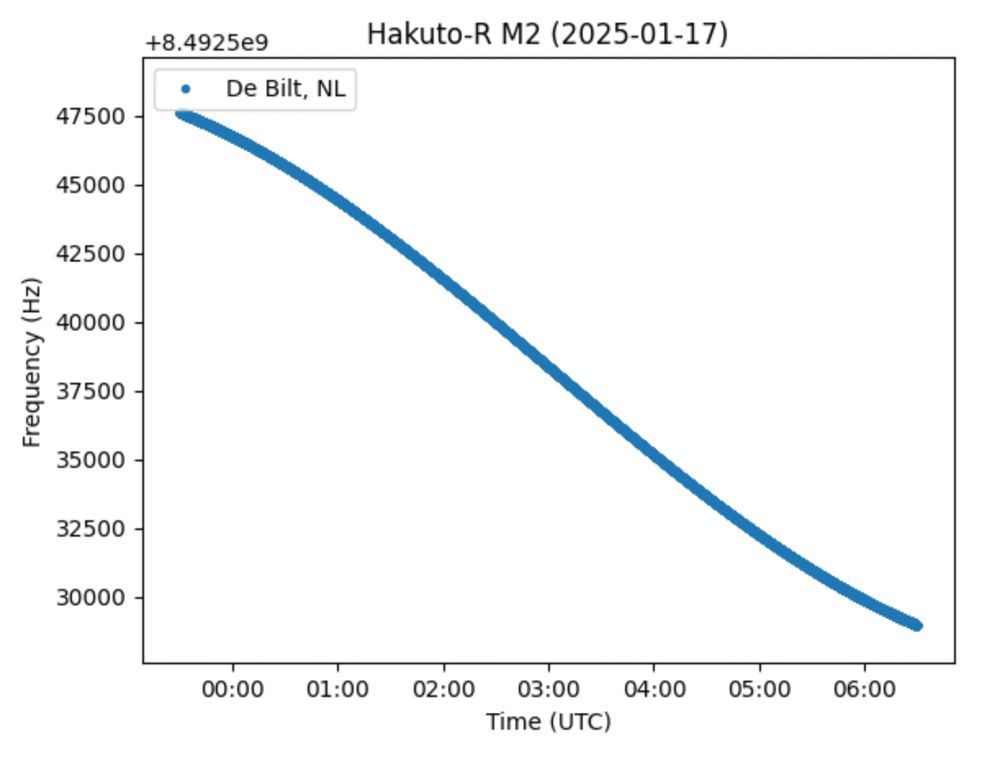



More at www.camras.nl/en/blog/2024...

More at www.camras.nl/en/blog/2024...

